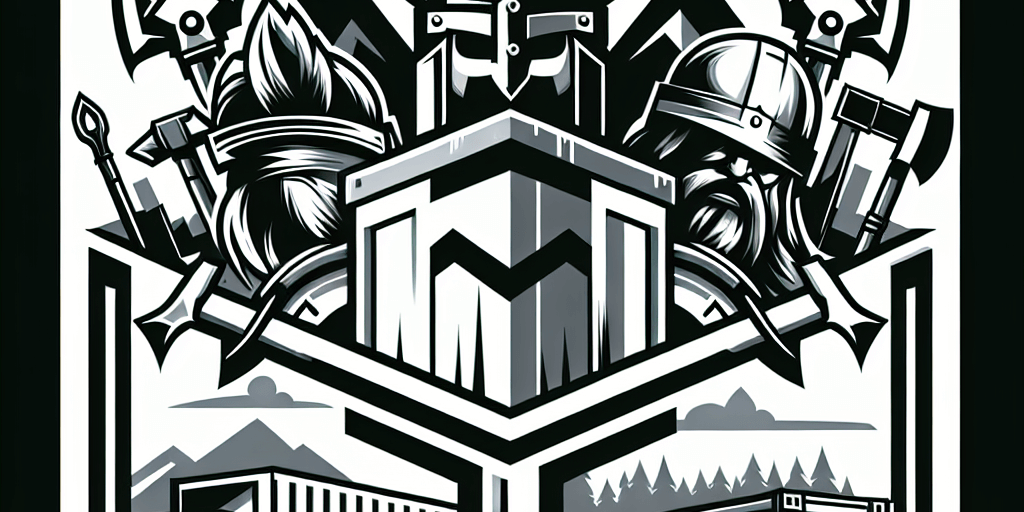How Do You Tell a Hoarder They Need Help?
Introduction
Hoarding is more than just having a cluttered home or holding onto sentimental keepsakes—it’s a deeply personal and complex issue that can affect individuals, families, and entire communities. For single-family homeowners in areas like El Cerrito’s Del Norte, hoarding may not just strain relationships but also create health, safety, and structural concerns in their environments.
This is a sensitive topic that demands compassion, not judgment. Approaching a loved one who is struggling with hoarding can feel overwhelming, but understanding the condition and taking thoughtful steps can make all the difference—not only for the person hoarding but also for their support system. Let’s unpack this issue with the gravity and care it deserves.
Understanding Hoarding Disorder
Hoarding disorder is a complex mental health condition characterized by an overwhelming difficulty in discarding or parting with possessions, regardless of their usefulness or value. This isn’t about being messy or having a large collection—rather, it’s a persistent behavior tied to deep-seated emotional distress and often a fear of losing something important, even if the item itself holds little actual value.
Common signs of hoarding may include:
- Accumulating items to the point where living spaces become unusable.
- Severe anxiety or distress when attempting to declutter.
- A compulsive need to save items, even broken or expired ones.
The effects of hoarding aren’t limited to physical clutter. It can take a significant toll on mental health, including heightened feelings of isolation, shame, and anxiety. Relationships often suffer, and daily living can feel increasingly unmanageable. Recognizing these behaviors isn’t about assigning blame but about encouraging understanding and seeking a path forward with care.
The Impact of Hoarding on Health and Safety
Hoarding doesn’t just cause emotional strain; it can lead to serious physical dangers for the individual and their community. Overcrowded spaces and stacks of clutter often create severe risks, such as:
- Fire Hazards: Flammable materials, like paper or fabric, piled near heat sources can ignite easily, while narrow pathways make evacuation nearly impossible.
- Structural Damage: Overloaded floors and walls may strain a home’s integrity.
- Health Concerns: Accumulated mold, dust, or pests can trigger respiratory issues and other illnesses.
In dense neighborhoods, these risks can cascade outward. A single house fire, for instance, doesn’t just threaten one property—it jeopardizes entire blocks. By addressing these dangers, we’re not just protecting individual households but fostering safer, healthier communities for everyone.
Approaching a Loved One About Hoarding
Confronting someone about their hoarding behavior is delicate territory. The wrong words or tone can unintentionally alienate or upset them further. To encourage a productive dialogue, patience, empathy, and tact are essential. Here are some strategies to navigate this challenging conversation:
- Start with Compassion: Begin by affirming care and understanding:
- “I’ve noticed things seem overwhelming for you lately. How can I help?”
- “I care about you and want to support you however I can.”
- Avoid Blame or Criticism: Replace harsh language with curiosity:
- Instead of: “Why don’t you just throw this junk away?”
- Say: “Can you tell me what’s important to you about these items?”
- Listen Without Judgment: Let them express themselves. Reassuring phrases like, “I understand this is hard for you,” can build trust.
- Focus on Safety: Frame concerns around well-being rather than aesthetics:
- “I’m worried about the space being safe for you to move around.”
- “Let’s work on this together to make sure your home stays comfortable and secure.”
- Suggest Small Steps: Large-scale cleanup can feel insurmountable. Suggest starting with one room, shelf, or even a single item.
By fostering trust and understanding, we invite an open dialogue rather than create defensiveness.
Professional Help and Resources
Hoarding is a nuanced condition often requiring the guidance of professionals who specialize in mental health and behavior modification. Enlisting experts can provide the structure, tools, and techniques needed to create meaningful change.
Therapists trained in hoarding disorder can address the emotional roots of the behavior, while support groups provide communal understanding and encouragement. Local resources focused on mental health services—such as those offered through Alameda County Behavioral Health Care Services—can make a significant impact.
Professional intervention isn’t about taking control; it’s about offering a lifeline. Encouraging someone to seek out these resources is a powerful act of care.
How Sons of Odin Hauling Can Assist
Tackling the physical side of hoarding is no less essential than addressing the emotional one—but it’s a task that demands empathy, discretion, and expertise. That’s where Sons of Odin Hauling steps in.
Offering a variety of services, including dumpster rentals, waste hauling, and bobcat/skid-steer support, Sons of Odin Hauling is equipped to handle even the most challenging situations. Our team’s professionalism and respectfulness ensure that every cleanup is approached with care, sensitivity, and confidentiality. Whether you’re clearing out a single area or managing a complete property overhaul, we’re here to make the process as seamless and stress-free as possible. Ready to begin a fresh chapter? Reach out to us today for supportive, reliable assistance.
Conclusion
Approaching a loved one about hoarding isn’t easy, but it’s a crucial step toward change—both for their well-being and the health of the community at large. By addressing the issue with compassion, utilizing professional resources, and relying on trusted services like Sons of Odin Hauling, progress is not only possible but achievable.
Remember, no one has to face this journey alone. With empathy, patience, and the right support, brighter days are ahead. Let’s work together to make them a reality.






